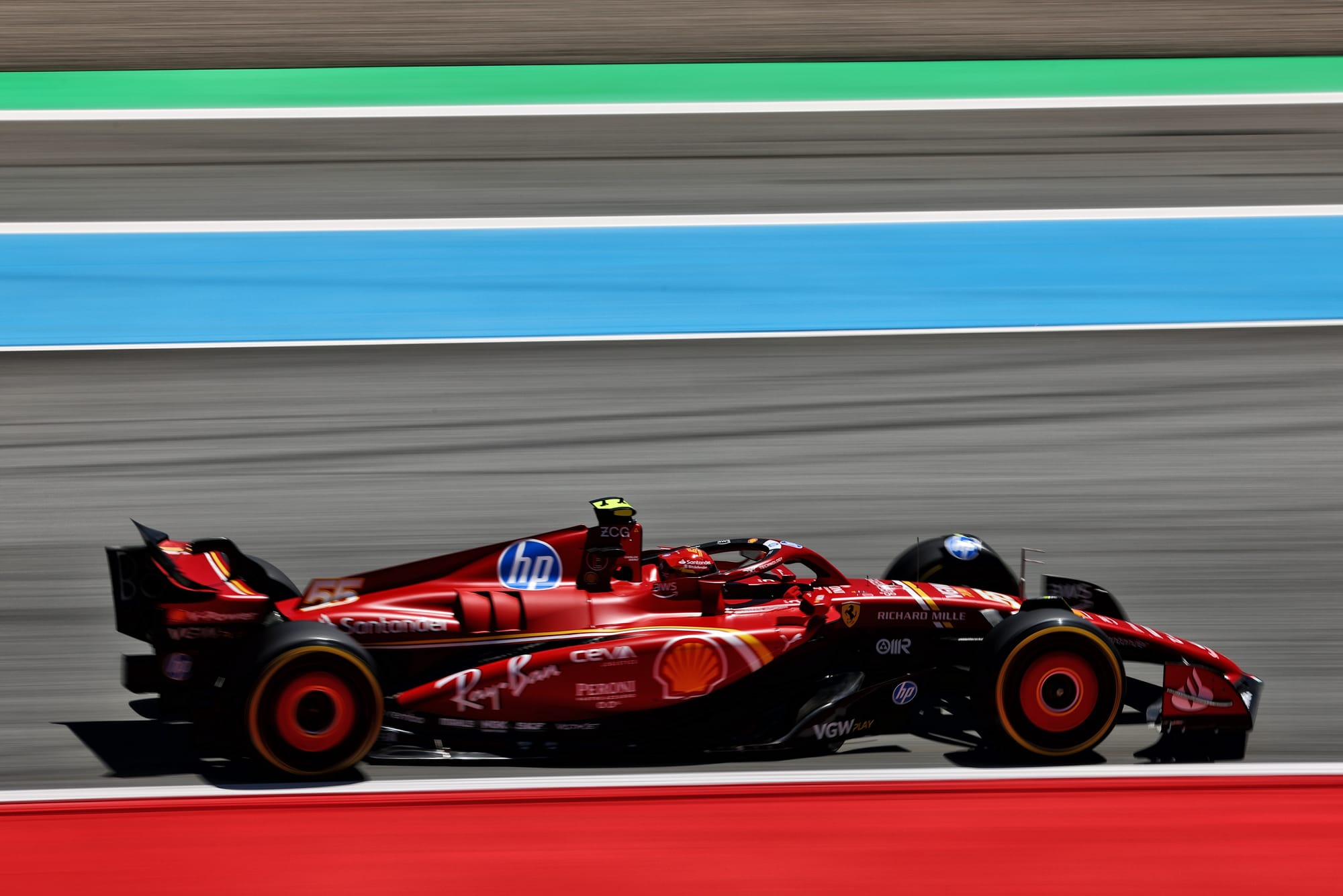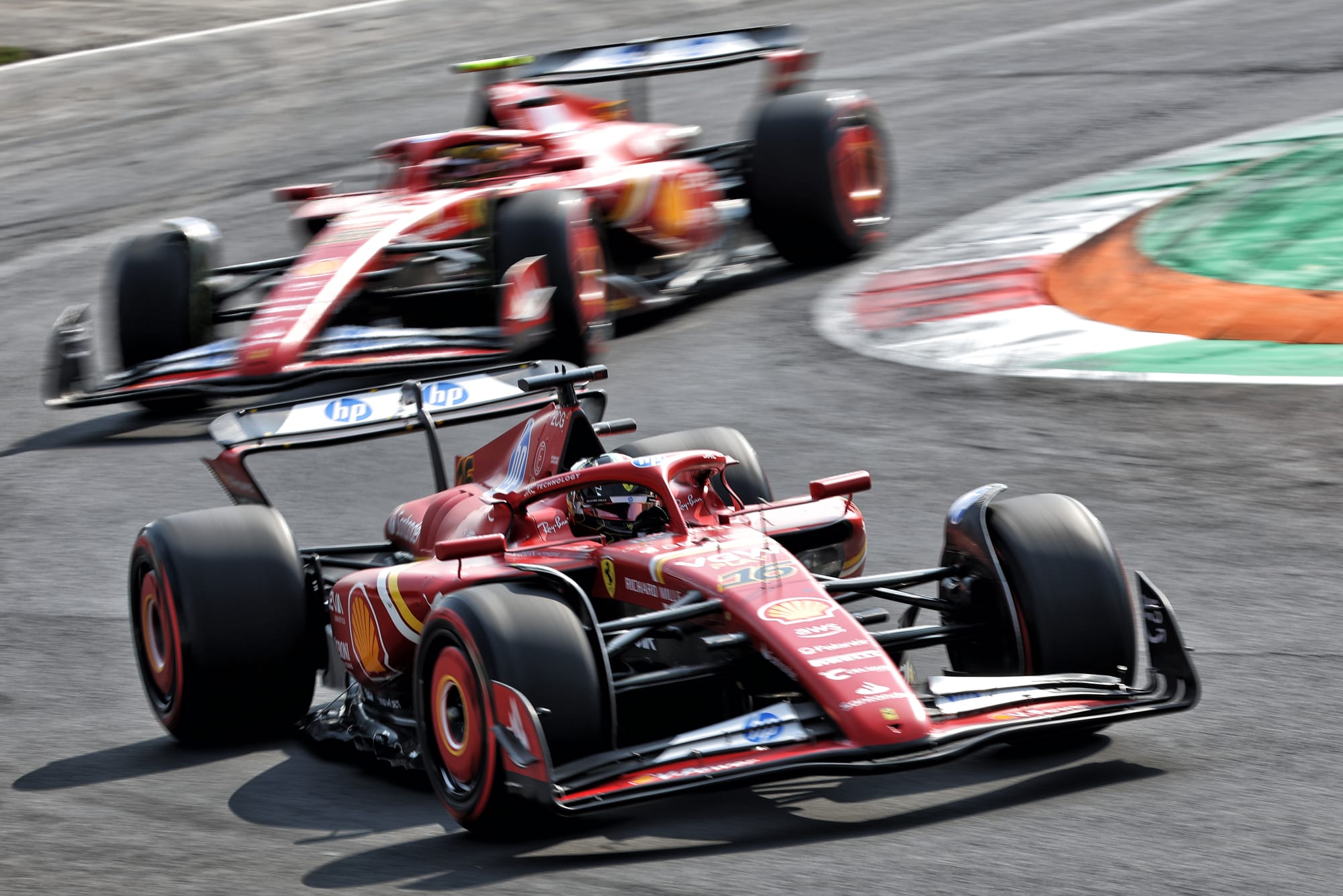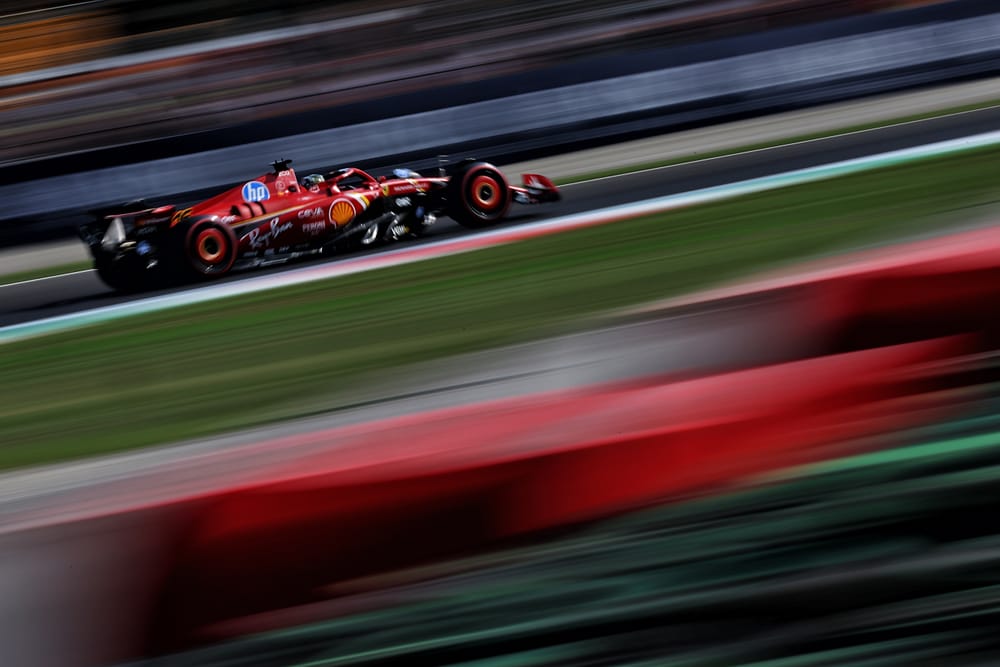Up Next

Ferrari brought a major upgrade to its home Formula 1 race at Monza. That’s not unusual as it always put a lot of effort into its low-downforce spec for the Italian Grand Prix, but significantly this time round there’s also a floor upgrade as part of the push to get its development back on track.
WHAT FERRARI'S TRYING TO FIX

Since introducing its troubled upgrade at the Spanish Grand Prix in June, Ferrari has slipped well behind McLaren and Red Bull and is often battling with Mercedes. Earlier in the year it was a clear second-best.
The Monza update is to reduce the potential for porpoising, which is something Ferrari has been suffering from. This means it has had to run the car that little bit higher or stiffer to solve the problem, but that comes at a cost of performance.
You might think that the qualifying result of fourth and fifth suggests the upgrade didn't bring enough to the show, but bouncing has never been a big problem for Ferrari at Monza according to the drivers. It may be in the race we'll really see the value of the new parts.

As Charles Leclerc put it after qualifying: "From numbers everything looks much better, I don't think we would have suffered from bouncing anyway on this track even with the old package. But everything we were expecting from this floor is there. So it's a good sign for the future."
As we all know from the last two and a half years of these regulations, it’s very difficult to predict porpoising from simulation. So I think Leclerc is making an assumption that he has no evidence to back up. Sometimes you just have to take the positives and get on with it.
WHAT'S CHANGED
The front and rear wing changes are circuit specific as Monza is the lowest downforce, and hence drag, circuit on the calendar.
The treatment and enlargement of the sidepod top surface ‘gulley’ is quite difficult to see, but this will also reduce drag and get more of the over body airflow down into the central area at the back of the car. This can also help with the consistency of performance from the diffuser.
The bulge covering the lower side impact structure (SIS) highlighted with the red arrow looks to be larger on the new version, allowing Ferrari to reprofile the upper floor surface, which is highlighted with the green line. This probably suggests that Ferrari has also changed the underfloor profile in that area as a minimum.
It also looks like the top and bottom profile of the actual sidepod itself, highlighted in blue above, has changed slightly. Also, the radiator inlet looks to be just that little bit deeper, see the blue arrow above.
The floor edge has changed slightly in the outer-edge detail highlighted in red on the old version above. This is now not continuous. It stops and has a small gap (highlighted with the red arrow) to allow the upper surface flow an opening to enter the small tunnel along the lower edge.
This reduces the surface area which is critical to sealing the underfloor but can cause porpoising because it’s like a light switch. It is either sealed or unsealed, but this tunnel makes it more like a dimmer switch.
Ferrari has also repositioned the forward-facing nose mounted camera. It will be interesting to see if this is a permanent development or just to suit the lower front wing angles that are used at Monza. This component, along with the front suspension members, helps realign the airflow coming off the front wing optimising its flow direction in preparation for the leading edge of the sidepod.
Will Ferrari be in the battle for the top step on race day at Monza? It's all very close and though Leclerc and Carlos Sainz are fourth and fifth on the grid they are only over a tenth of a second behind Lando Norris's McLaren on pole. So they are very much in the battle for the win - a battle that doesn't look like it will be with Red Bull, which just shows how competitive F1 currently is at the front.



